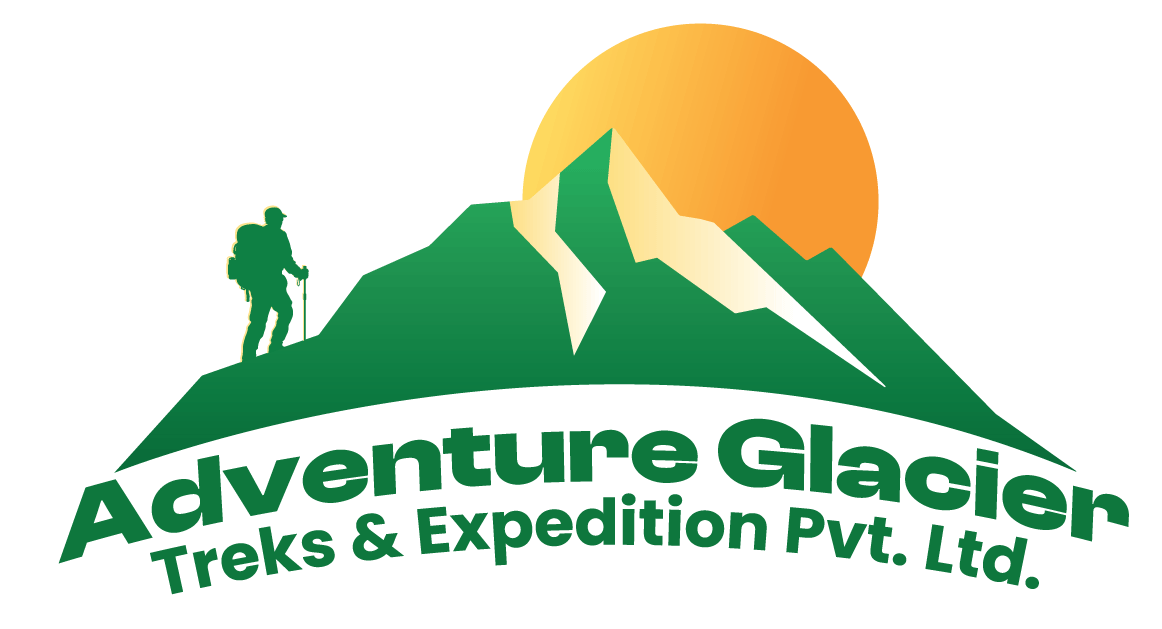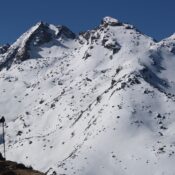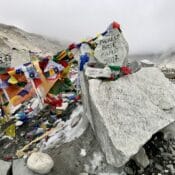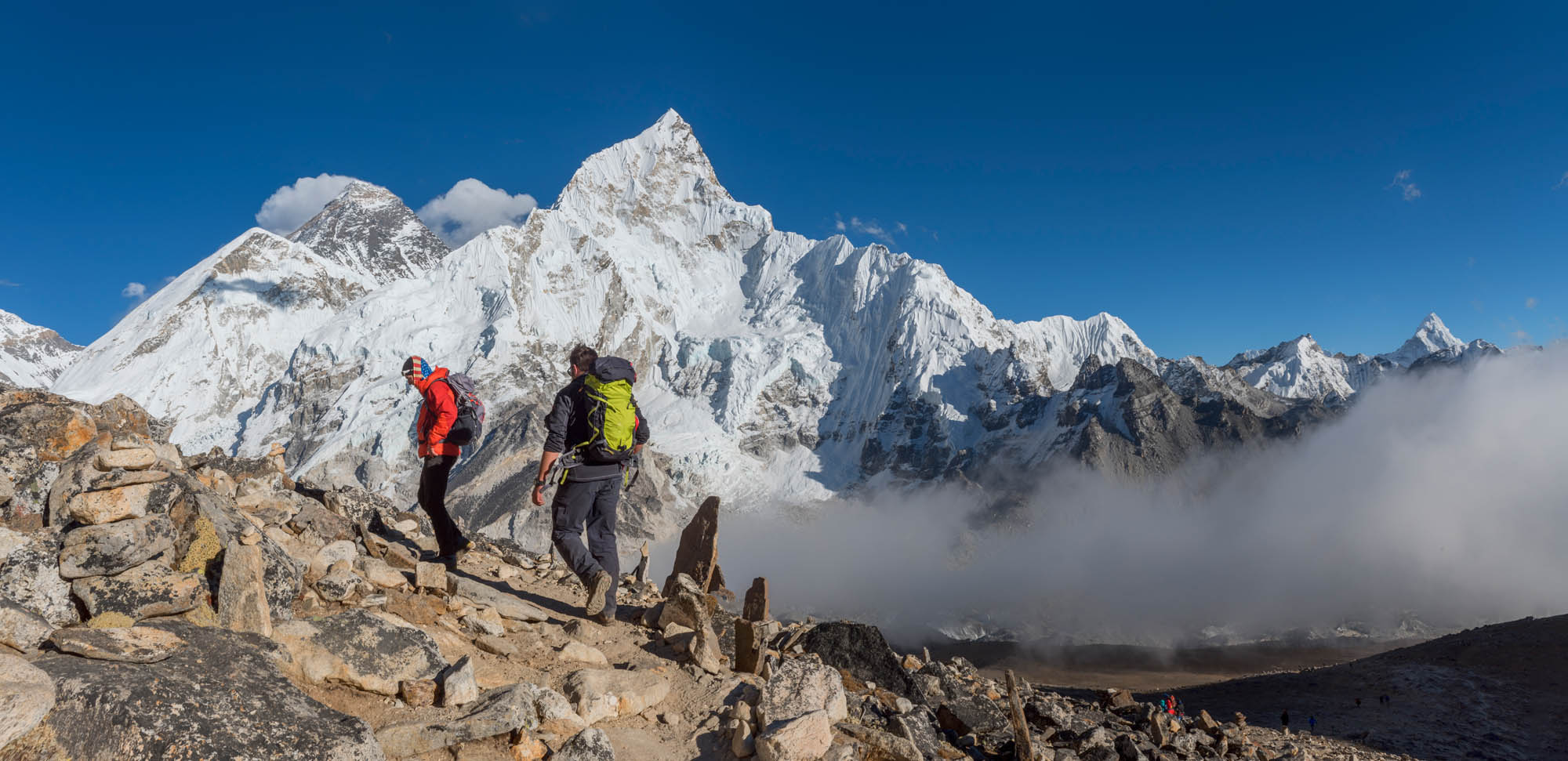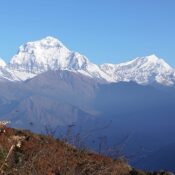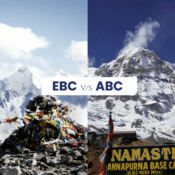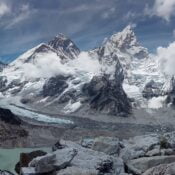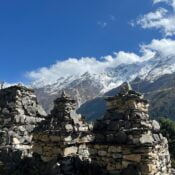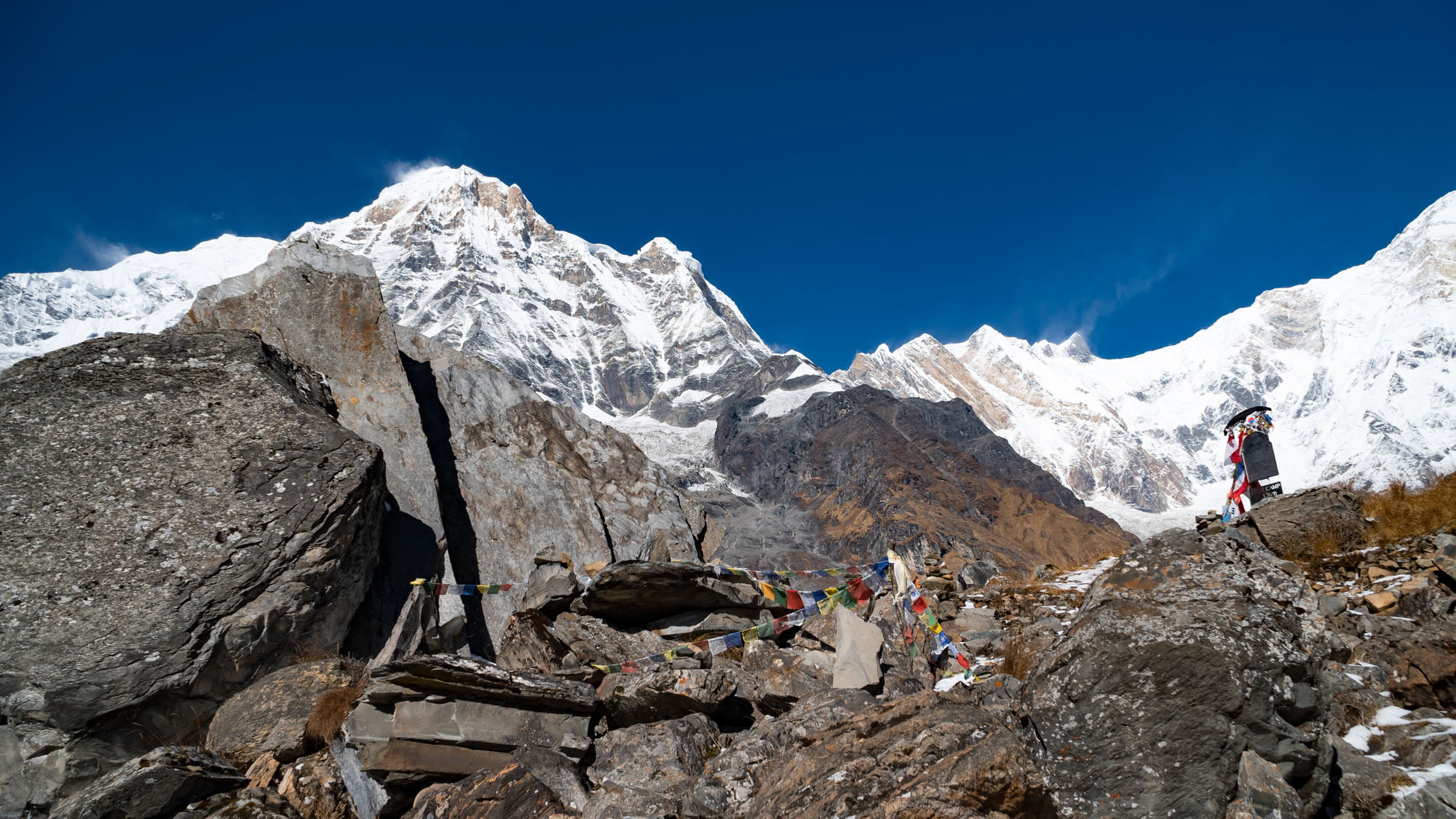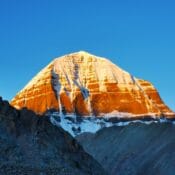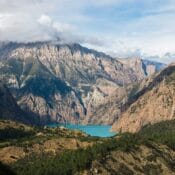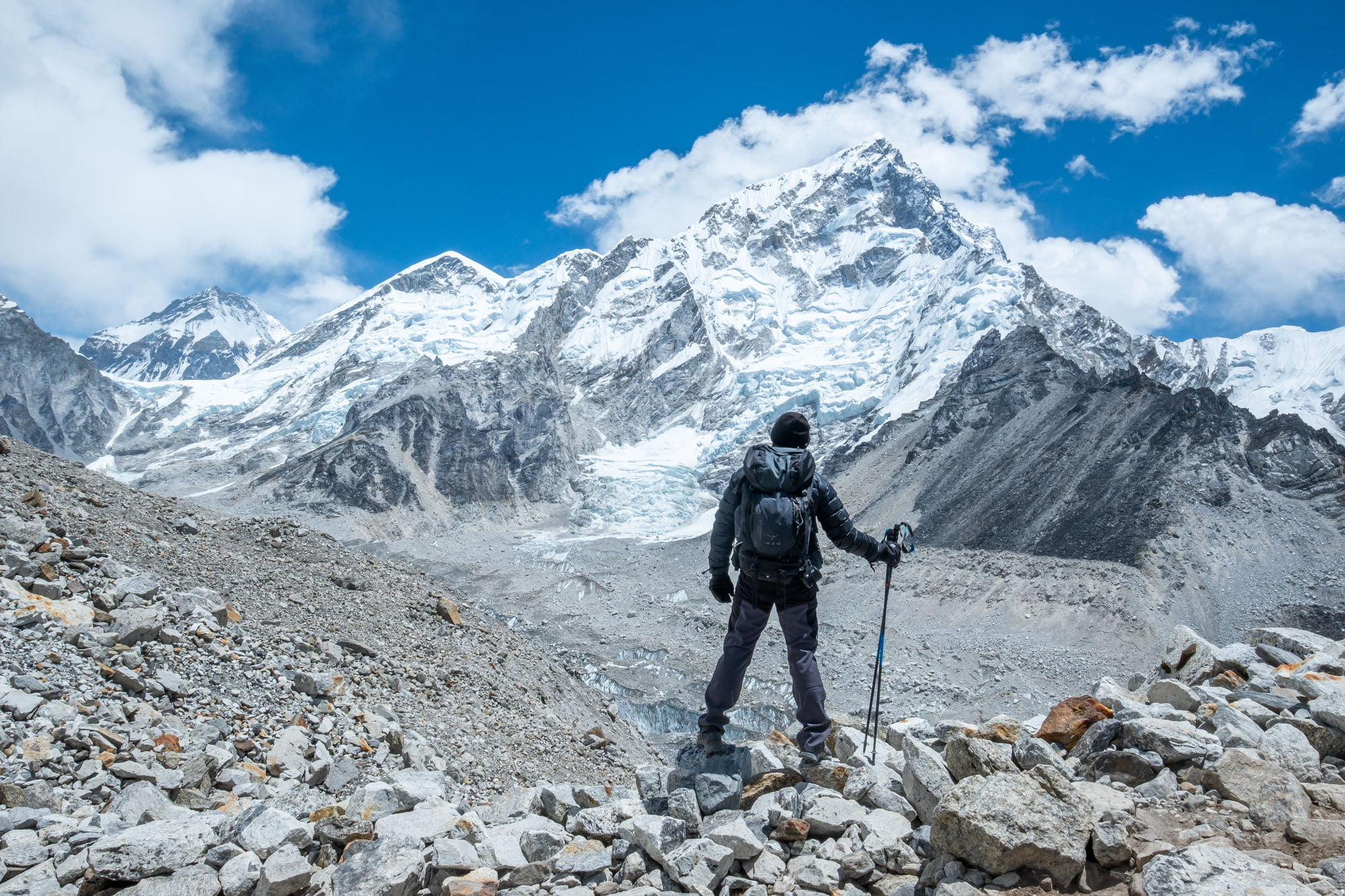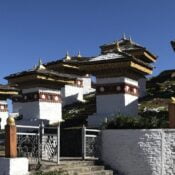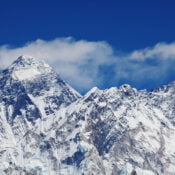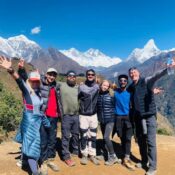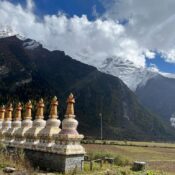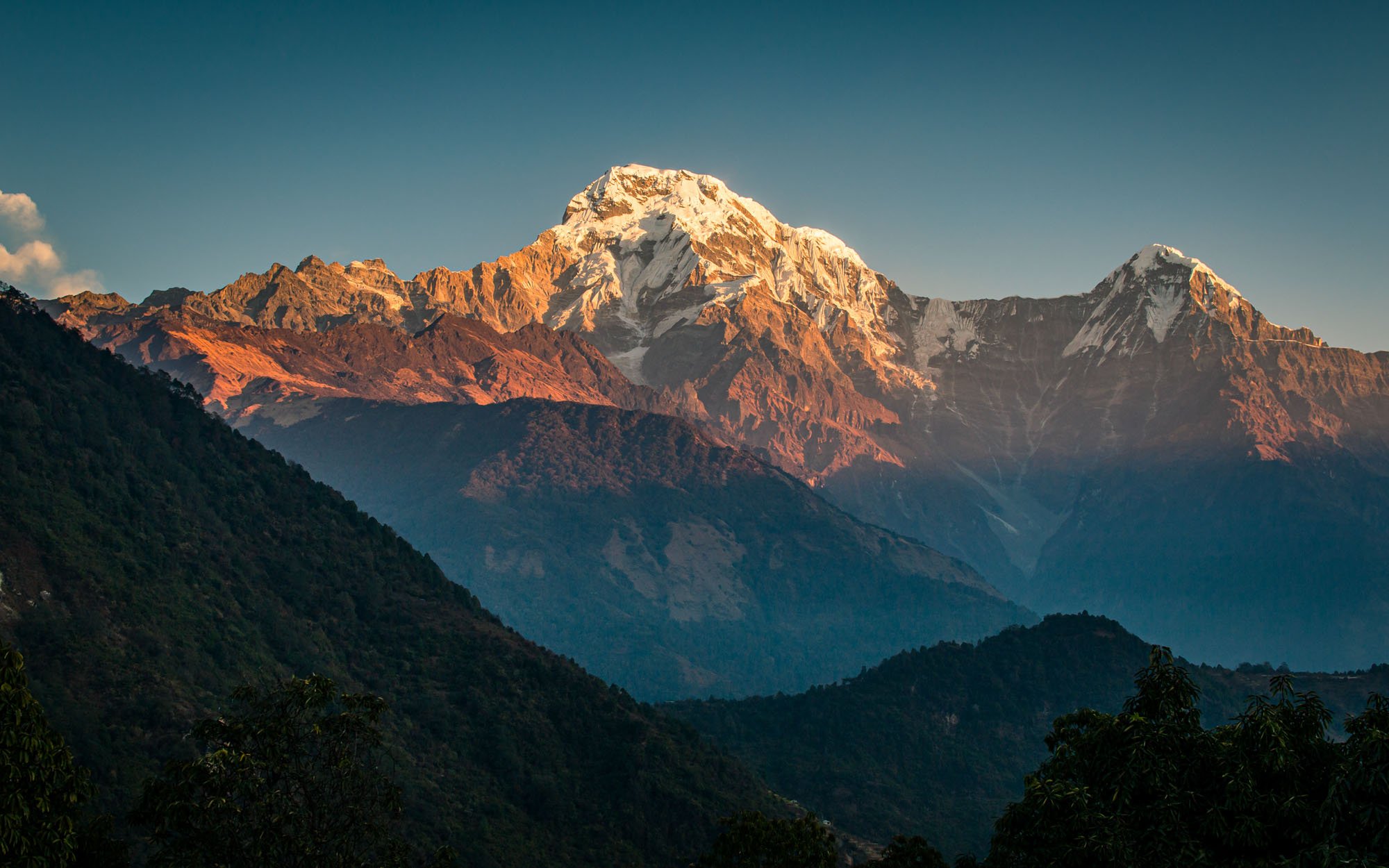Everest Permit Fee Changes for 2025
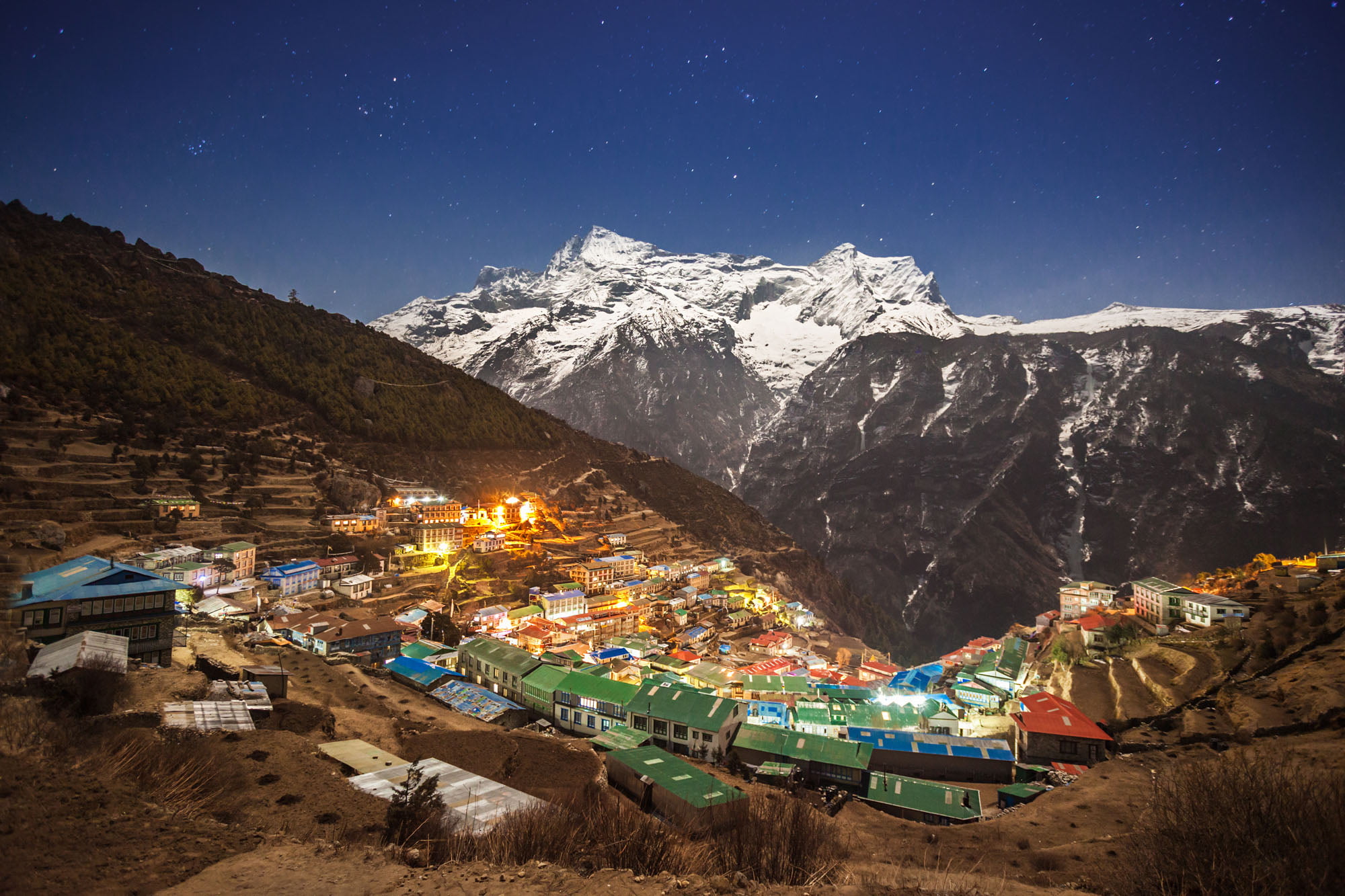

Get ready for some big changes if you're planning to climb Mount Everest in 2025. The fees for climbing permits are going up. For foreign climbers, the cost will go from $11,000 to $15,000, and for Nepali citizens, it will be $568.
But here's the catch: These fee increases are still just ideas, not final decisions. Nepal often suggests new rules and fees and then decides based on how people react, especially if bad news might hurt tourism.
Officials in charge of mountain climbing in Nepal say they might also increase other fees, like insurance and services for porters, high-altitude workers, and guides. They're also thinking about making climbing companies bring down the bodies of climbers who don't make it.
So, how much will this all cost you? Climbing companies might increase their prices by more than $4,000. In 2023, the typical price for climbing Everest with a Nepali company was between $40,000 and $45,000. Some lucky people paid as little as $30,000 to $35,000. Western companies charged even more, with a typical price of $70,000 from Nepal and between $95,000 and $110,000 from Tibet. But don't worry, you can still climb Everest with some Western companies for around $50,000.
We're not sure if the fees for climbing other mountains in Nepal will go up, but it's a safe bet. We'll keep you updated when we know more.
Here's a bit of history: In 2015, Nepal changed its pricing for Everest permits. They used to charge $70,000 for a team of seven climbers or $10,000 per person. But they simplified it to $11,000 per person, calling it a price drop. However, hardly anyone actually paid $25,000 for a single permit. Most climbers teamed up and paid the lower rate of $10,000 each. So, for almost everyone, it was an increase in cost. The Everest climb always seems to come with its share of surprises and changes!
Previous changes
In 2015, Nepal's Ministry of Culture, Tourism & Civil Aviation implemented significant alterations to the way climbers were charged for conquering Mount Everest. Prior to this revision, a group of seven climbers had to collectively shell out $70,000, or $10,000 per person. On the other hand, solo climbers faced a daunting individual fee of $25,000. However, the new system introduced in 2015 simplified the pricing structure by imposing a flat fee of $11,000 per person, regardless of whether one was climbing solo or with a group. Interestingly, this change was labeled as a "price decrease" by authorities, primarily due to the previous individual fee of $25,000. Nonetheless, in practical terms, very few climbers ever paid the higher individual fee, as most chose to form teams and pay the more affordable rate of $10,000 per person. Consequently, for nearly all Everest aspirants, this change actually translated to higher costs.
Fees in China last increased in 2019
In 2019, China changed how much it costs to climb Mount Everest from their side (called the Northside). They got rid of the option for people to climb alone for less than $20,000. Now, you have to be part of a group with at least four members. If you're on your own, it's not a big problem because many guides will let you join their group for a small fee, even if they don't offer much help.
For a permit to climb Everest from the Chinese side, it now costs between $15,800 and $18,000 per person if you're in a group of four or more. This price includes things like transportation from the starting point in China, hotels, a liaison officer, trash fees, and yaks to carry your gear. If you spend time in Lhasa, there's an extra charge of $200 per person per day. If you want to bring a Sherpa from Nepal to climb with you in Tibet, it will cost you an extra $4,500 for each Sherpa's "work permit," plus a $5,000 salary.
It's important to know that getting rescue insurance on the Tibet side is a bit tricky. There's a central team that does all the mountain rescues, and they don't have fixed prices, so it can get expensive. Helicopters are not allowed for rescues right now, but there are rumors they might be allowed starting in 2024. To be safe, it's best to check all the details with your climbing company if you plan to climb in China.
One worry is that higher permit fees might make it too expensive for some climbers, especially those who don't have a lot of money. If climbing companies pass on these higher costs, it could mean that the cheapest way to climb Everest will be at least $40,000, which is a lot for many people, especially young climbers without sponsors. This could lead to more older climbers from countries like Japan, the US, and Europe attempting Everest. In 2023, there were 139 climbers from China and India, but with the higher fees, there might be fewer climbers from these countries in the future.
If you're considering climbing Mount Everest in 2025, here's a unique opportunity to seize. While permit fees may increase, potential crowding might decrease, offering a more exclusive experience on the world's tallest peak. This could be a chance to savor the serenity of the mountains. Share your thoughts on this exciting prospect. What do you think about the evolving landscape of Everest climbing and its impact on the adventure?
